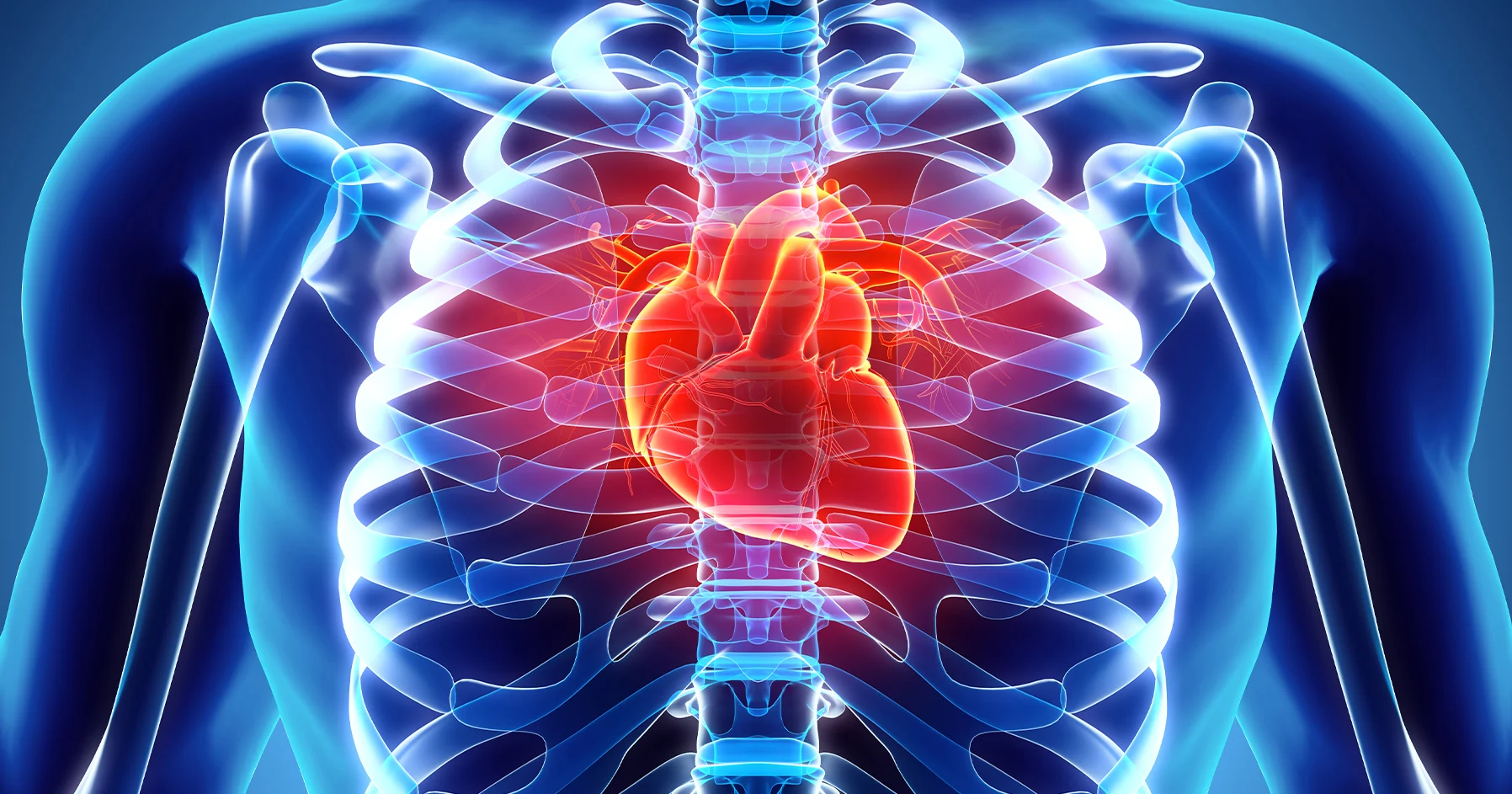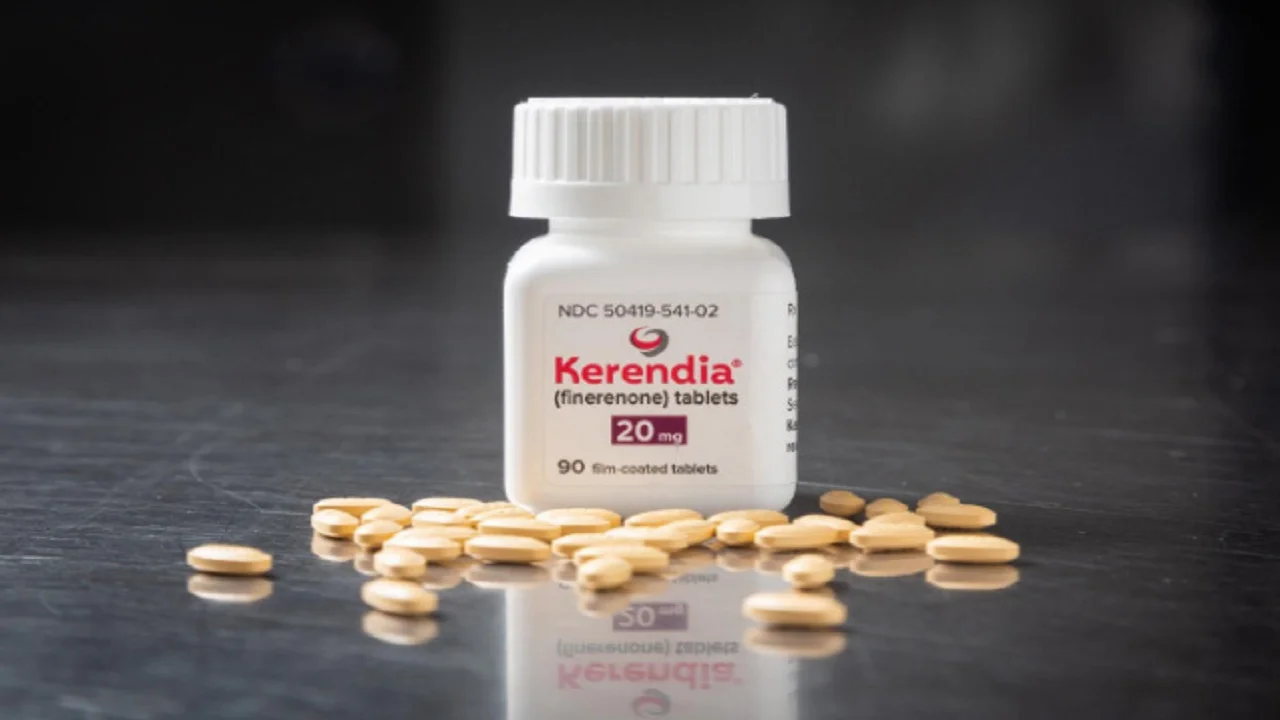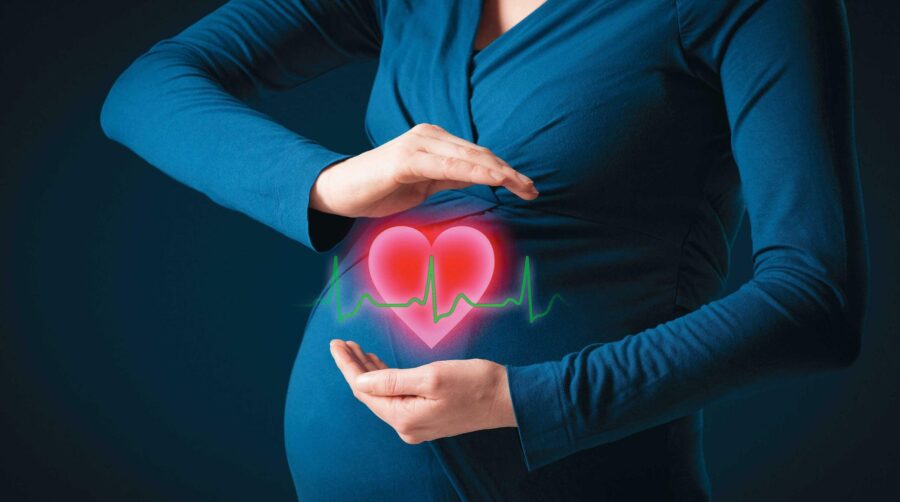
Migraine and Cardiovascular Disease: Key Points
The following are key points to remember from a state-of-the-art review on what cardiologists should know about migraine and cardiovascular disease (CVD):
- Globally, an estimated 1 billion people suffer from migraine, and is a leading cause of disability particularly among young women. The 2021 European Society of Cardiology (ESC) guidelines on CVD prevention recommend that migraine with aura should be considered in CVD risk assessment; the QRISK3 score, a tool to assess the 10-year risk of CVD, has incorporated migraine in its score. Migraine is associated with increased risk for stroke, obstructive coronary artery disease (CAD), including myocardial infarction (MI), atrial fibrillation (AF), and CV mortality. Research is ongoing examining the possible association of migraine and ischemia with nonobstructive coronary arteries (INOCA), patent foramen ovale (PFO), and atrial septal defects (ASDs).
- Migraines are neurovascular phenomena where stimuli can produce shifts in cortical potentials. Cortical blood flow increases at first and decreases thereafter for a sustained period, varying from 30 minutes to 6 hours, then slowly returning to baseline. Sterile inflammation of the dura leads to increased plasma and cerebrospinal fluid pro-inflammatory cytokines and chemokines and is associated with migraine attacks.
- Migraines can occur with or without aura. Headache can last between 4 and 72 hours and can be unilateral in location, pulsating, moderate to severe in pain, and may include nausea and/or vomiting, photophobia and/or phonophobia, and often lead to avoidance of physical activity. Aura can be visual or sensory, and have motor, brainstem, or retinal components. Auras may affect speech or language. Aura symptoms may spread gradually over ≥5 minutes lasting up to 60 minutes and occur concurrently with a headache or prior to the headache. Migraine triggers impact patients differently. However, common triggers include bright (sun) light, stress, physical exercise and/or sexual activity, mild head trauma, skipping a meal, certain food or nonalcoholic beverages, alcoholic beverages, sleep deprivation, high altitudes, weather changes, and menstruation.
- Changes in estrogen and progesterone may reduce the threshold for migraines. Migraines are rare prior to the onset of puberty, and can be triggered by the menstrual cycle. Migraine occurrence can be reduced during pregnancy likely due to stable elevated estrogen levels, while during menopause migraine attacks can increase, followed by a decline in attacks in postmenopausal years. Research is ongoing on the effects of testosterone therapy in reducing the prevalence and severity of migraines in women.
- Ample evidence supports the association of migraine and increased risk for CVD including stroke, CAD, AF, and CV mortality. Higher rates of CV risk factors, including hypertension and dyslipidemia, are observed among patients with migraine compared to those without migraine. Other studies have observed higher prevalence of metabolic syndrome and smoking among those with migraine. Two female-specific risk factors for CVD—gestational hypertension, and pre-eclampsia—occur more often in women with migraine.
- Ischemic stroke has been associated with migraine with aurora (relative risk between 1.56 and 2.41) in several studies; however, this association is less evident in people with migraine without aura (relative risk between 1.02 and 1.83). High frequency of migraine is also associated with higher stroke incidence. Importantly, women with migraine who smoked or used oral hormonal contraceptives in one study had a seven times higher risk of stroke. For both women and men, stroke occurred earlier among those with migraines compared to those without migraines (an average of 7 years and 5 years, respectively). Hemorrhagic stroke has also been reported to be higher in those with migraines.
- Heart disease including MI has been associated with migraines. People with migraine have a higher prevalence of angina pectoris (1.29, 95% confidence interval [CI], 1.17–1.43) and an increased risk of MI (1.33, 95% CI, 1.08–1.64) compared with people without migraine. This association is more evident in subjects with migraine with aura, while migraine without aura seems to be associated only with a slightly increased risk of angina. CV mortality is increased in women with migraine with aura compared with women without migraine with aura. Data from two genome-wide association studies of CAD showed that migraine and CAD share genetic risk loci more than would be expected by chance. However, it remains unclear whether migraine is an independent risk factor, or due to the higher CVD risk factors, a higher prevalence of CVD is observed. Migraine has been associated with vasospastic angina. INOCA is also associated with migraine including data from the WISE-CVD (Women’s Ischemia Syndrome Evaluation-Coronary Vascular Dysfunction) study. Underlining pathophysiology is currently unknown; it is thought that systemic endothelial dysfunction could account for these associations.
- PFO is frequently detected in people with migraine with aura, ∼50% vs. 20%–30% in people without migraine. However, three trials (MIST, PREMIUM, and PRIMA) have not demonstrated that PFO closure is superior to medical therapy in people with migraine in reducing migraine attacks. In contrast, PFO closure has been shown to abolish migraine in 9% of patients and reduce the number of monthly migraine days by 3 days in a recent meta-analysis. Evidence also suggests that ticagrelor may reduce migraine in some patients. Clopidogrel and aspirin after ASD closure many also result in fewer migraines. Further trials are warranted.
- Medication for acute and prophylactic treatments of migraine is frequently prescribed in CVD patients. Antiemetics, painkillers such as acetaminophen and nonsteroidal anti-inflammatory drugs (NSAIDs), and combination products that include caffeine are commonly used as first-choice therapeutic medications. Chronic use/overuse of NSAIDs raises concern due to a higher risk of venous thromboembolism and AF and can increase conversion from episodic to chronic migraine. Triptans are the most prescribed acute antimigraine drugs. These antimigraine drugs, however, also cause vasoconstriction, and should be avoided in patients with atherosclerotic disease. Calcitonin gene-related peptide receptor antagonists (CGRP) have been proved to be an effective treatment option in migraine patients. Caution is needed for use of these medications in patients with CV or cerebrovascular ischemic events because the vasodilatory effects of CGRP during (silent or transient) ongoing cerebral and cardiac ischemia could possibly lead to larger infarcts.
- Other medications used for prophylactic treatment of migraines include beta-blockers, angiotensin-converting enzyme inhibitors, and angiotensin receptor blockers. Beta-blockers remain contraindicated in patients with vasospastic angina, and therefore, other medications should be considered in patients with migraine with INOCA when coronary spasm is suspected. Additional medications used for prophylactics include venlafaxine (a tricyclic antidepressant), valproic acid and topiramate (antiepileptics) and Botox (onabotulinumtoxinA) injections. Further trials are needed to understand uses in patients with CVD including INOCA and among younger women of childbearing age.
https://academic.oup.com/eurheartj/article/44/30/2815/7204852







